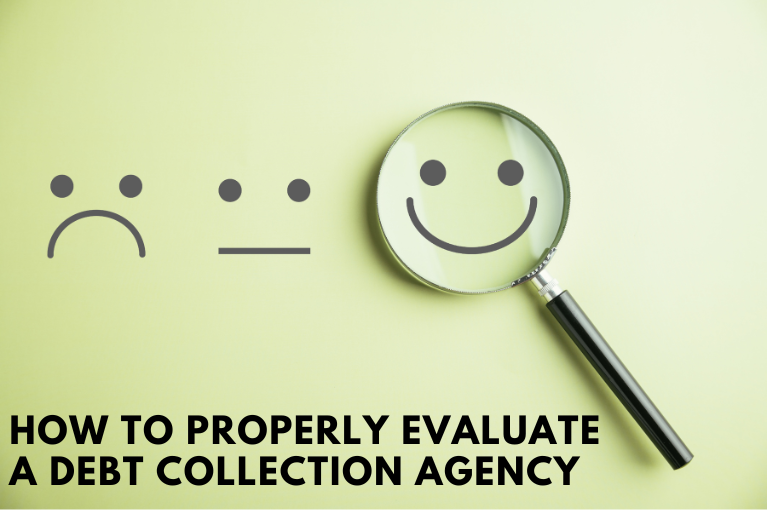Even more than profitability, cash flow is the lifeblood of your company. Companies with strong cash flow are able to survive temporary periods of low profitability, but even the most profitable companies can’t survive when their cash flow situation turns negative.
There are generally two types of cash flow problems: those caused by spending too much money, and those caused when a lack of revenue comes in from recorded sales. And we can cover each of these problems in more detail using DSO and DPO.
Days Sales Outstanding (DSO)
Days Sales Outstanding is a simple way to look at all of your accounts receivable in terms of the average amount of sales your company produces in a given day. The idea here is that putting the amount of money your customers owe you into a multiple of daily sales will give you a new perspective on that number.
In order to reduce your DSO, you should start by evaluating your process for issuing credit to customers. If you can reduce the number of customers you provide credit to without having a negative effect on sales, your DSO will instantly improve.
Other options for improving your DSO include requiring more frequent payments from your debtors, as well as keeping more detailed information about each of your clients on file. You should also consider your plan for starting the collections process, and possibly speed up that procedure.
Days Payable Outstanding (DPO)
The other side of your company’s cash flow situation is the amount of money that you owe to your own creditors. Looking at this number in terms of average daily sales is a great way to get a solid understanding of the amount you owe, and to allow you to compare apples to apples with your DSO number.
Of course, the easiest way to reduce the DPO number of your business is to reduce your accounts payable. That means cutting your inventory to the bare minimum levels, avoiding making capital improvements on a credit basis, and paying down any outstanding debts as quickly as possible.
Having little to no outstanding payables will put your company in a position of strength when you find yourself in a tough situation where multiple clients are suddenly struggling to pay you.
When DSO is Greater Than DPO
If you find yourself in a situation where your DSO number is greater than your DPO number, that means that your clients are simply not paying you as fast as your creditors are asking for their payments.
If you are starting from a position of having a large inventory, you might be able to operate like this for a short period of time, but any business that operates like this for too long is doomed to failure.
When DPO is Greater Than DSO
On the other hand, when your DPO is greater than your DSO, you are in a strong cash flow situation. This means that you customers are paying you faster than your creditors are asking for payments from you.
However, this could also be an indication that your business is not as profitable as you might like it to be. If the difference between DPO and DSO continues to grow as your business expands, you might not be making any money.
The ideal situation for any business is to have low numbers for both DSO and DPO, with the DPO number equal to or just slightly higher than the DSO number. But keeping both numbers as low as possible is the key to long term business success.






